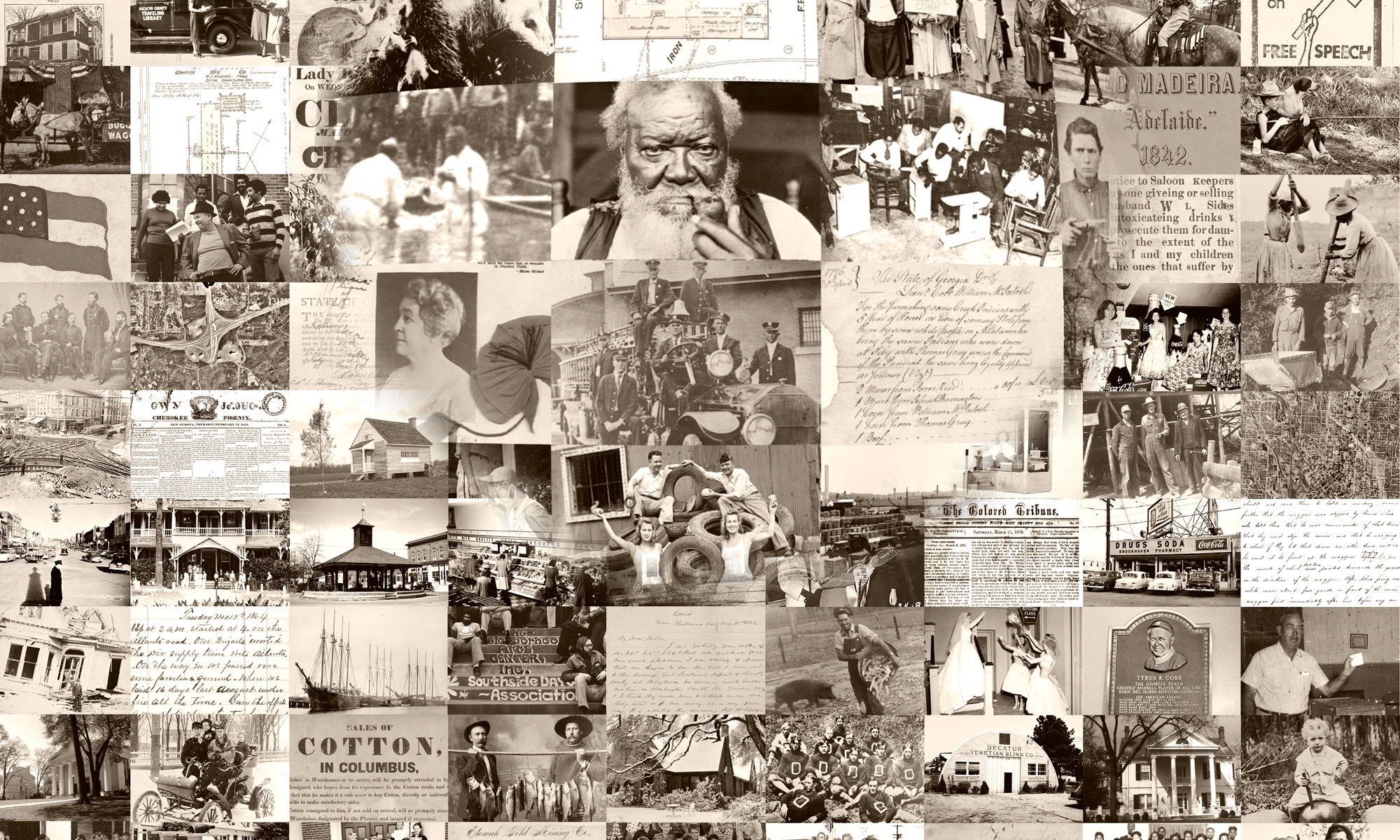
Historically speaking, August 27 has not been a good day along the Georgia coast. In 1881, a hurricane hit the coast of Georgia and South Carolina; an estimated seven hundred people were killed in Georgia and many more were left homeless.
The Atlanta Weekly Constitution printed a special dispatch on the 1881 hurricane.

From: Atlanta Historic Newspapers Archive
The Southern Banner of Athens had a more detailed report.

From: Athens Historic Newspapers Archive
Just twelve years later in 1893, an even bigger storm struck–on the very same date of August 27! This hurricane traveled northward along the coast, with storm surges and tides submerging many of Georgia’s barrier islands–which led to it being called the “Sea Islands Hurricane.” The center of the hurricane hit Savannah and Charleston the following day. Left in the wake of the storm in Georgia and South Carolina were up to two thousand dead and more than thirty thousand homeless. Georgia Governor William Northen called Clara Barton and the Red Cross for help.
The Weekly Telegraph of Macon carried a front page report on the hurricane:

From: Macon Historic Newspapers Archive
Al Sandrik, a senior forecaster and meteorologist at the National Weather Service, described the Aug. 27, 1893 hurricane:
“The hurricane was a true Cape Verde type hurricane which may be tracked back to the African coast on the 15th of August. The storm made landfall as a major hurricane southwest of Tybee Island and was in the process of recurving toward the north as it did so. The storm passed a bit to the east of Jekyll and St. Simons Islands, placing them on the weaker western side. The minimum sea level pressure recorded at Savannah was 28.36 inches or 960.3 mb [millibars, a unit of atmospheric pressure]. Frances Ho produced a reevaluation of the extreme hurricanes of the nineteenth century back in 1989 and estimated a central pressure of 27.50 inches or 931 mb at landfall. Put into twentieth century terms this would have tied for the 7th most intense hurricane to strike the United States in the twentieth century. Put in more human terms it was of equal intensity to the Galveston Hurricane of Sept 1900 (which is now estimated to have been the 2nd most deadly storm in the Atlantic Basin in the last five hundred years and killed between eight thousand to twelve thousand people). The death toll associated with the 1893 storm is likely the 20th most deadly storm of the past five hundred years.”
Note: These comments were made and statistics presented before Hurricane Katrina.
More hurricane resources:
The Hurricane Science and Society website on the 1893 hurricane.
Weather Underground tracking and statistical data on the 1983 hurricane.
National Weather Service historical data on the worst hurricanes to hit the United States.
We hope all of this bad August 27th luck was left behind in the nineteenth century, and that it will be a beautiful day along the Georgia coast.





